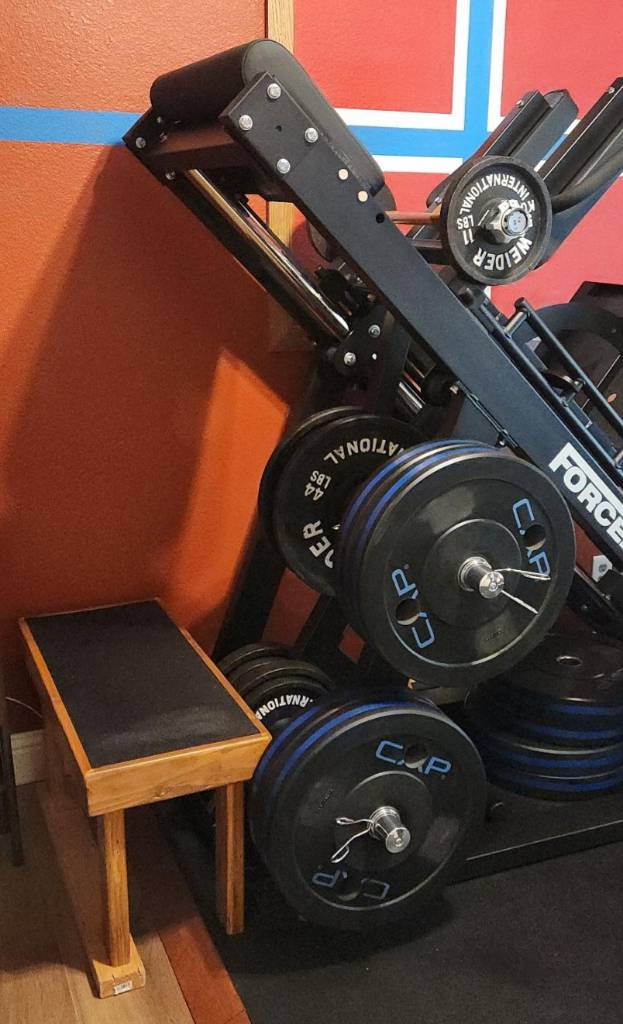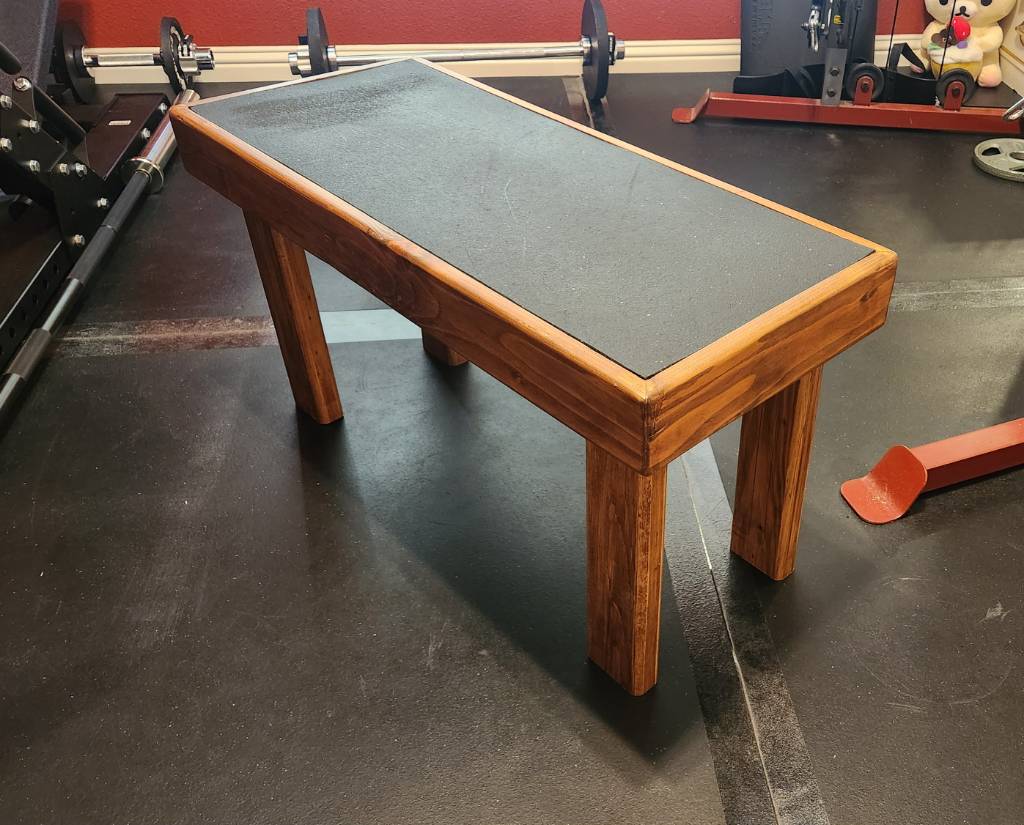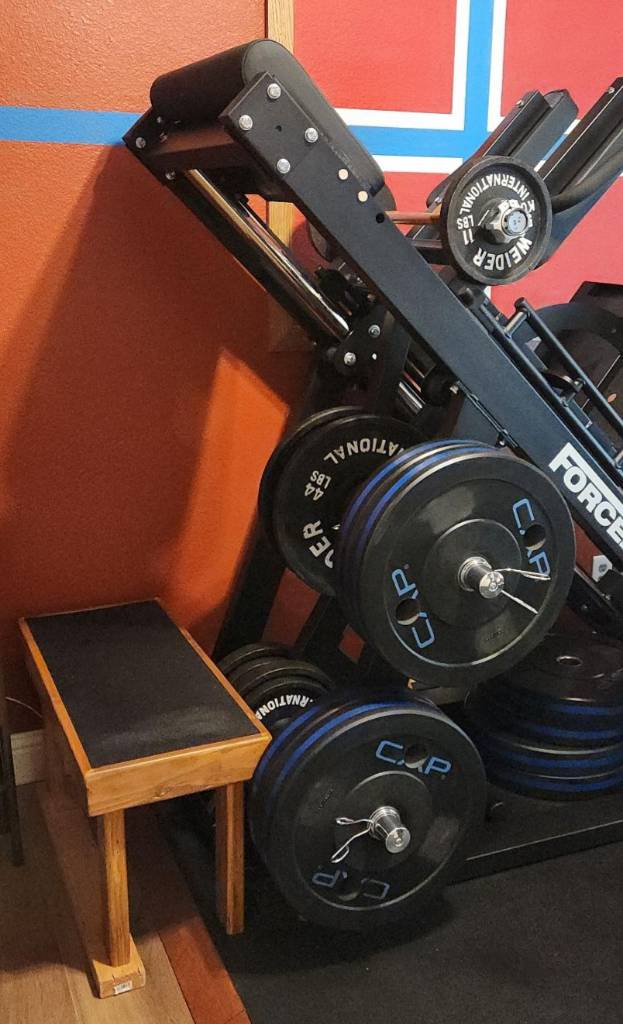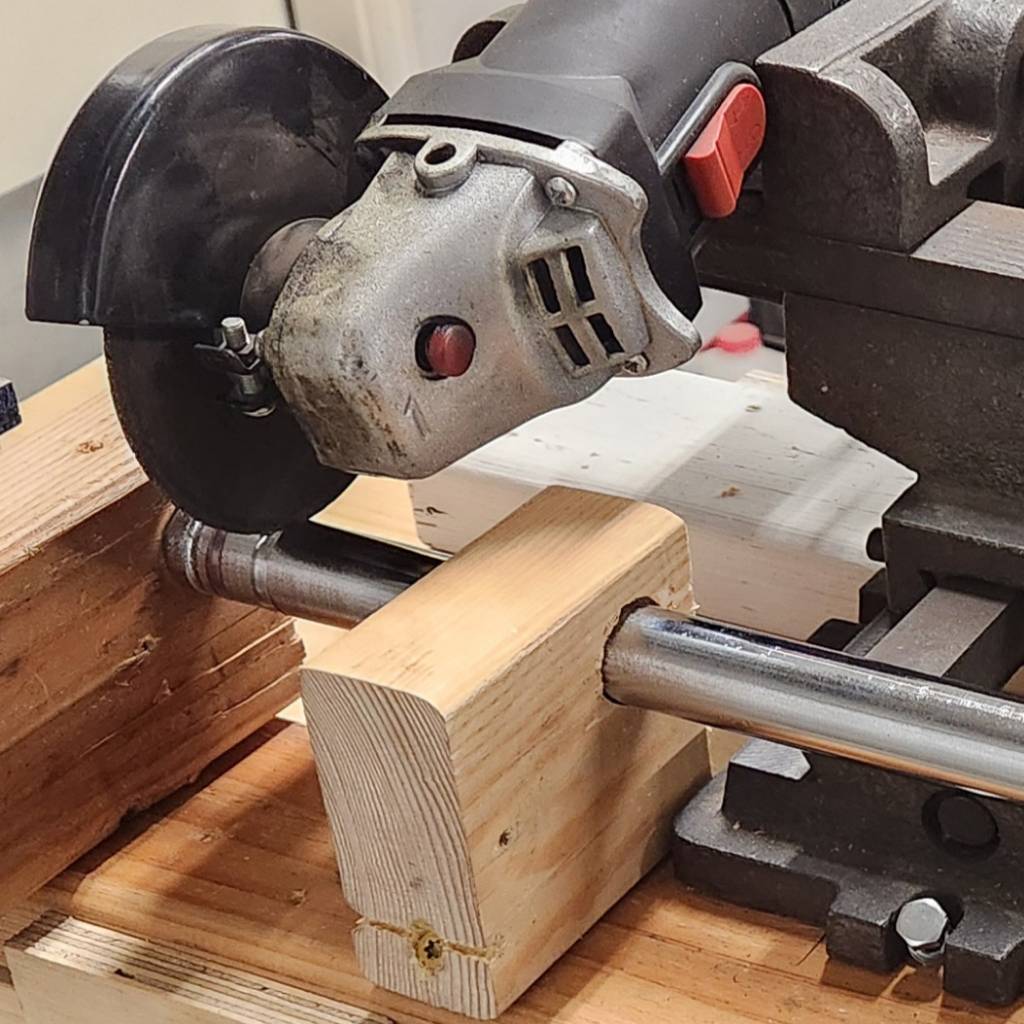To start off, I'm sorry to hear that you're not receiving the healthcare you need. I recognize that these words on a screen aren't going to solve any concrete problems, but in the interest of a fuller comprehension of the USA healthcare system, I will try to offer an answer/opinion to your question that goes into further depth than simply "capitalism" or "money and profit" or "greed".
What are my qualifications? Absolutely none, whatsoever. Although I did previously write a well-received answer in this community about the USA health insurance system, which may provide some background for what follows.
In short, the USA healthcare system is a hodge-podge of disparate insurers and government entities (collectively "payers"), and doctors, hospitals, clinics, ambulances, and more government entities (collectively "providers"), overseen by separate authorities in each of the 50 US States, territories, tribes, and certain federal departments (collectively "regulators"). There is virtually no national-scale vertical integration in any sense, meaning that no single or large entity has the viewpoint necessary to thoroughly review the systemic issues in this "system", nor is there the visionary leadership from within the system to even begin addressing its problems.
It is my opinion that by bolting-on short-term solutions without a solid long-term basis, the nation was slowly led to the present dysfunction, akin to boiling a frog. And this need not be through malice or incompetence, since it can be shown that even the most well-intentioned entities in this sordid and intricate pantomime cannot overcome the pressures which this system creates. Even when there are apparent winners like filthy-rich plastic surgeons or research hospitals brimming with talented expert doctors of their specialty, know that the toll they paid was heavy and worse than it had to be.
That's not to say you should have pity on all such players in this machine. Rather, I wish to point to what I'll call "procedural ossification", as my field of computer science has a term known as "protocol ossification" that originally borrowed the term from orthopedia, or the study of bone deformities. How very fitting for this discussion.
I define procedural ossification as the loss of flexibility in some existing process, such that rather than performing the process in pursuit of a larger goal, the process itself becomes the goal, a mindless, rote machine where the crank is turned and the results come out, even though this wasn't what was idealized. To some, this will harken to bureaucracy in government, where pushing papers and forms may seem more important that actually solving real, pressing issues.
I posit to you that the USA healthcare system suffers from procedural ossification, as many/most of the players have no choice but to participate as cogs in the machine, and that we've now entirely missed the intended goal of providing for the health of people. To be an altruistic player is to be penalized by the crushing weight of practicalities.
What do I base this on? If we look at a simple doctor's office, maybe somewhere in middle America, we might find the staff composed of a lead doctor -- it's her private practice, after all -- some Registered Nurses, administrative staff, a technician, and an office manager. Each of these people have particular tasks to make just this single doctor's office work. Whether it's supervising the medical operations (the doctor) or operating/maintaining the X-ray machine (technician) or cutting the checks to pay the building rent (office manager), you do need all these roles to make a functioning, small doctor's office.
How is this organization funded? In my prior comment about USA health insurance, there was a slide which showed the convoluted money flows from payers to providers, which I've included below. What's missing from this picture is how even with huge injections of money, bad process will lead to bad outcomes.
In an ideal doctor's office, every patient that walks in would be treated so that their health issues are managed properly, whether that's fully curing the condition or controlling it to not get any worse. Payment would be conditioned upon the treatment being successful and within standard variances for the cost of such treatment, such as covering all tests to rule out contributing factors, repeat visits to reassess the patient's condition, and outside collaboration with other doctors to devise a thorough plan.
That's the ideal, and what we have in the USA is an ossified version of that, horribly contorted and in need of help. Everything done in a doctor's office is tracked with a "CPT/HCPCS code", which identifies the type of service rendered. That, in and of itself, could be compatible with the ideal doctor's office, but the reality is that the codes control payment as hard rules, not considering "reasonable variances" that may have arisen. When you have whole professions dedicated to properly "coding" procedures so an insurer or Medicare will pay reimbursement, that's when we've entirely lost the point and grossly departed from the ideal. The payment tail wags the doctor dog.
To be clear, the coding system is well intentioned. It's just that its use has been institutionalized into only ever paying out if and only if a specific service was rendered, with zero consideration for whether this actually advanced the patient's treatment. The coding system provides a wealth of directly-comparable statistical data, if we wanted to use that data to help reform the system. But that hasn't substantially happened, and when you have fee-for-service (FFS) as the base assumption, of course patient care drops down the priority list. Truly, the acronym is very fitting.
Even if the lead doctor at this hypothetical office wanted to place patient health at the absolute forefront of her practice, she will be without the necessary tools to properly diagnose and treat the patient, if she cannot immediately or later obtain reimbursement for the necessary services rendered. She and her practice would have to absorb costs that a "conforming" doctor's office would have, and that puts her at a further disadvantage. She may even run out of money and have to close.
The only major profession that I'm immediately aware of which undertakes unknown costs with regularity, in the hopes of a later full-and-worthwhile reimbursement, is the legal profession. There, it is the norm for personal injury lawyers to take cases on contingency, meaning that the lawyer will eat all the costs if the lawsuit does not ultimately prevail. But if the lawyer succeeds, then they earn a fixed percentage of the settlement or court judgement, typically 15-22%, to compensate for the risk of taking the case on contingency.
What's particularly notable is that lawyers must have a good eye to only accept cases they can reasonably win, and to decline cases which are marginal or unlikely to cover costs. This heuristic takes time to hone, but a lawyer could start by being conservative with cases accepted. The reason I mention this is because a doctor-patient relationship is not at all as transactional as a lawyer-client relationship. A doctor should not drop a patient because their health issues won't allow the doctor to recoup costs.
The notion that an altruistic doctor's office can exist sustainably under the FFS model would require said doctor to discard the final shred of decency that we still have in this dysfunctional system. This is wrong in a laissez-faire viewpoint, is wrong in a moral viewpoint, and is wrong in a healthcare viewpoint. Everything about this is wrong.
But the most insidious problems are those that perpetuate themselves. And because of all those aforementioned payers, providers, and regulators are merely existing and cannot themselves take the initiative to unwind this mess, it's going to take more than a nudge from outside to make actual changes.
As I concluded my prior answer on USA health insurance, I noted that Congressional or state-level legislation would be necessary to deal with spiraling costs for healthcare. I believe the same would be required to refocus the nation's healthcare procedures to put patient care back as the primary objective. This could come in the form of a single-payer model. Or by eschewing insurance pools outright by extending a government obligation to the health of the citizenry, commonly in the form of a universal healthcare system. Costs of the system would become a budgetary line-item so that the health department can focus its energy on care.
To be clear, the costs still have to be borne, but rather than fighting for reimbursement, it could be made into a form of mandatory spending, meaning that they are already authorized to be paid from the Treasury on an ongoing basis. For reference, the federal Medicare health insurance system (for people over 65) is already a mandatory spending obligation. So upgrading Medicare to universal old-people healthcare is not that far of a stretch,












I'll address your question in two parts: 1) is it redundant to store both the IP subnet and its subnet mask, and 2) why doesn't the router store only the bits necessary to make the routing decision.
Prior to the introduction of CIDR -- which came with the "slash" notation, like /8 for the 10.0.0.0 RFC1918 private IPv4 subnet range -- subnets would genuinely be any bit arrangement imaginable. The most sensible would be to have contiguous MSBit-justified subnet masks, such as 255.0.0.0. But the standard did not preclude using something unconventional like 255.0.0.1.
For those confused what a 255.0.0.1 subnet mask would do -- and to be clear, a lot of software might prove unable to handle this -- this is describing a subnet with 2^23 addresses, where the LSBit must match the IP subnet. So if your IP subnet was 10.0.0.0, then only even numbered addresses are part of that subnet. And if the IP subnet is 10.0.0.1, then that only covers odd numbered addresses.
Yes, that means two machines with addresses 10.69.3.3 and 10.69.3.4 aren't on the same subnet. This would not be allowed when using CIDR, as contiguous set bits are required with CIDR.
So in answer to the first question, CIDR imposed a stricter (and sensible) limit on valid IP subnet/mask combinations, so if CIDR cannot be assumed, then it would be required to store both of the IP subnet and the subnet mask, since mask bits might not be contiguous.
For all modern hardware in the last 15-20 years, CIDR subnets are basically assumed. So this is really a non-issue.
For the second question, the router does in-fact store only the necessary bits to match the routing table entry, at least for hardware appliances. Routers use what's known as a TCAM memory for routing tables, where the bitwise AND operation can be performed, but with a twist.
Suppose we're storing a route for 10.0.42.0/24. The subnet size indicates that the first 24 bits must match a prospective destination IP address. And the remaining 8 bits don't matter. TCAMs can store 1's and 0's, but also X's (aka "don't cares") which means those bits don't have to match. So in this case, the TCAM entry will mirror the route's first 24 bits, then populate the rest with X's. And this will precisely match the intended route.
As a practical matter then, the TCAM must still be as wide as the longest possible route, which is 32 bits for IPv4 and 128 bits for IPv6. Yes, I suppose some savings could be made if a CIDR-only TCAM could conserve the X bits, but this makes little difference in practice and it's generally easier to design the TCAM for max width anyway, even though non-CIDR isn't supported on most routing hardware anymore.